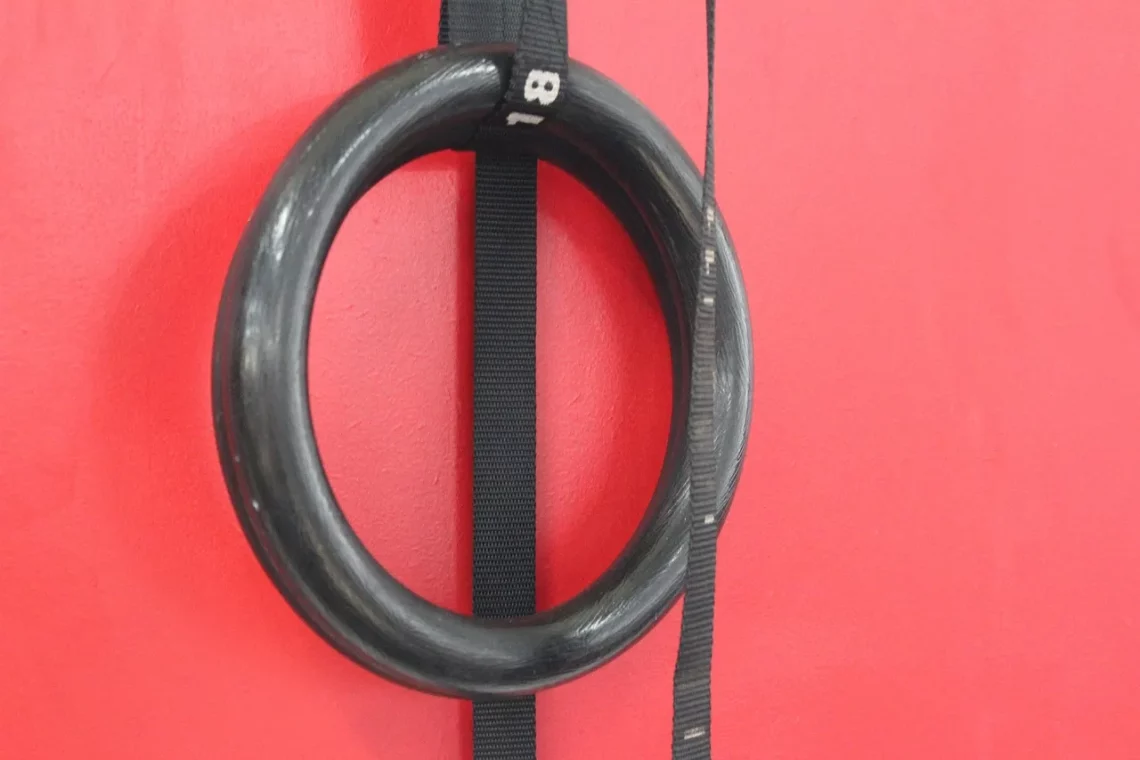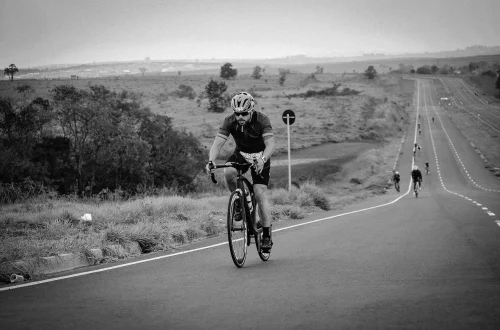
Mastering Gymnastics Climbing Rope Techniques for All Skill Levels
Gymnastics climbing rope techniques are an essential skill set for athletes at various levels. Whether you are a beginner looking to build your confidence or an experienced gymnast aiming to refine your abilities, mastering these techniques can significantly enhance your performance. The climbing rope not only serves as a tool for physical development but also fosters mental resilience and discipline.
Engaging with the rope develops upper body strength, core stability, and coordination, making it a versatile exercise for both gymnasts and fitness enthusiasts. It challenges the body in unique ways, promoting overall athleticism and agility. As one ascends the rope, there is a continual engagement of muscle groups, which aids in building endurance, strength, and flexibility.
Additionally, the climbing rope serves as a metaphor for overcoming obstacles. The act of climbing can mirror life’s challenges, providing a platform for growth through perseverance. Whether you are training for competitions or simply seeking a new fitness routine, understanding the fundamentals of climbing rope techniques can elevate your skills and boost your confidence.
In this article, we will delve into various aspects of gymnastics climbing rope techniques, breaking down the skills required for success across different levels of experience.
Understanding the Basics of Rope Climbing
Before delving into advanced techniques, it is crucial to grasp the fundamental principles of rope climbing. The climbing rope is typically made from durable materials that can withstand significant weight and stress, ensuring safety during practice. Familiarizing oneself with the equipment is the first step towards effective training.
A proper warm-up is essential to prepare your body for climbing. Focus on stretching your arms, shoulders, and legs to prevent injuries. Incorporating dynamic movements can also enhance flexibility and improve your range of motion.
Once you’re warmed up, practice gripping the rope. The standard grip involves wrapping your hands around the rope, using your fingers to create a secure hold. For beginners, learning to use your legs effectively is vital. The “S” wrap technique, where you wrap the rope around your feet, provides stability and helps to distribute your weight. This technique allows you to push off with your legs, reducing the burden on your arms and enhancing your climbing efficiency.
As you climb, maintain a steady rhythm. Coordinate your hand and foot movements to create a smooth ascent. Focus on engaging your core to stabilize your body, which will help in controlling your movements. Remember, climbing is as much about technique as it is about strength. Practice these basics consistently, as they form the foundation for more advanced techniques.
Developing Strength and Endurance
To excel in rope climbing, it is essential to develop both strength and endurance. These two attributes are interrelated; increased strength will enhance your endurance over time. Incorporating specific strength training exercises into your routine can significantly improve your climbing performance.
Upper body strength is particularly crucial. Exercises like pull-ups, chin-ups, and push-ups can build the muscles needed for a successful climb. Focus on compound movements that engage multiple muscle groups. Additionally, integrating exercises targeting your core, such as planks and hanging leg raises, will improve your stability and overall climbing efficiency.
Endurance is equally important. Incorporate cardiovascular workouts, such as running, cycling, or rowing, into your training regimen to enhance your aerobic capacity. This will enable you to sustain longer climbs without fatigue.
It’s also beneficial to practice climbing the rope for extended periods. Set a timer and aim to climb for a specific duration, gradually increasing the time as your endurance improves. This not only builds physical stamina but also mental resilience, preparing you for the demands of competitive climbing or intense training sessions.
Remember to allow for adequate recovery time in your training schedule. Muscles need time to repair and grow stronger, so listen to your body and adjust your workout intensity accordingly.
Advanced Techniques for Experienced Climbers
Once you have mastered the basics and developed sufficient strength and endurance, it’s time to explore advanced rope climbing techniques. These techniques can enhance your climbing efficiency and help you tackle more challenging climbs.
One advanced technique is the “double foot lock,” which involves using both feet to secure the rope as you ascend. This technique is particularly useful for maintaining stability during climbs, allowing you to rest your arms while still being secured to the rope. To execute this, wrap the rope around both feet, creating a secure hold that allows you to push off effectively.
Another advanced method is the “one-arm climb.” This technique not only showcases strength but also improves your core stability. By using one arm to pull yourself up while the other arm remains free, you can work on balancing your body and engaging your core muscles more intensely.
Additionally, consider integrating speed drills into your training. Set specific goals for how quickly you can climb the rope and work on your technique to achieve those times. This not only enhances your climbing speed but also boosts your overall athleticism and confidence.
Finally, always keep safety in mind. Use crash mats or practice with a partner to ensure a safe environment while attempting advanced techniques. Regularly assess your progress and adjust your training plan to ensure you are continually challenging yourself while minimizing the risk of injury.
Incorporating Rope Climbing into Your Routine
Integrating rope climbing into your regular workout routine can provide numerous benefits, from improved strength to enhanced endurance. It’s a versatile exercise that can be adapted to various fitness levels, making it suitable for everyone from beginners to seasoned athletes.
To start, allocate specific days for rope climbing within your training schedule. This helps in building a consistent habit while allowing for adequate recovery time between sessions. As you progress, consider varying your routine by incorporating different climbing techniques and exercises.
For example, you can combine rope climbing with other forms of training, such as circuit workouts or high-intensity interval training (HIIT). This allows you to maximize your time and challenge your body in new ways.
Additionally, consider setting measurable goals for your rope climbing practice. Whether it’s increasing your climbing speed, mastering a new technique, or achieving a certain number of ascents, having specific targets can keep you motivated and focused.
Lastly, don’t forget the importance of community. Joining a gymnastics or climbing group can provide support, encouragement, and valuable tips from fellow climbers. Sharing your experiences and learning from others can enhance your journey and make the training process more enjoyable.
In conclusion, mastering gymnastics climbing rope techniques is a rewarding endeavor that can enhance both physical and mental strength. By understanding the basics, developing strength and endurance, exploring advanced techniques, and incorporating rope climbing into your routine, you can elevate your skills and achieve your fitness goals.
**Disclaimer:** This article is not intended to provide medical advice. Always consult with a healthcare professional for any health-related issues or concerns.




